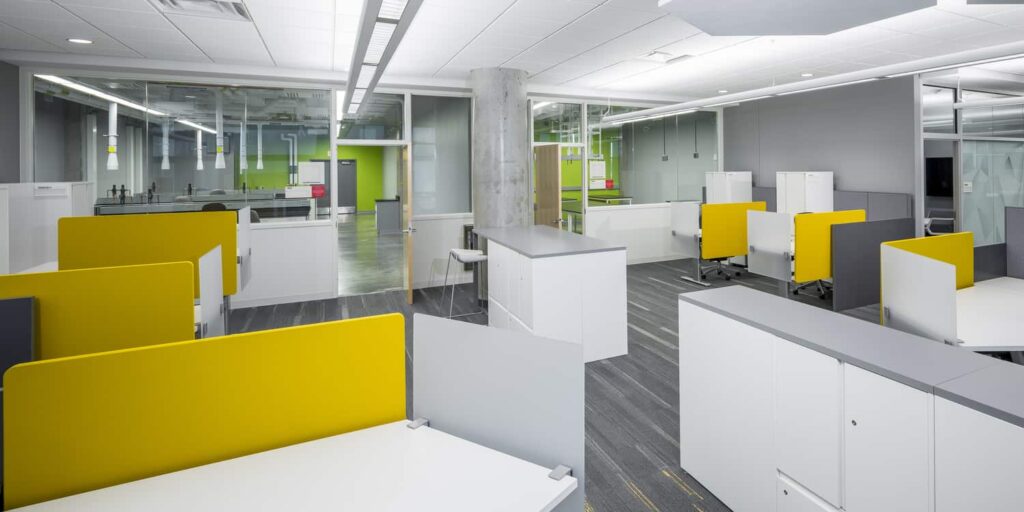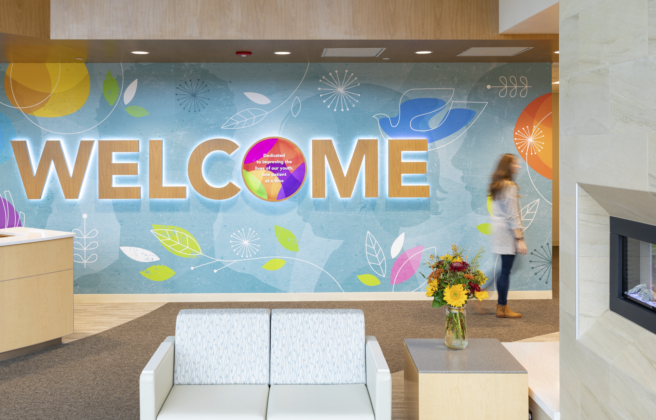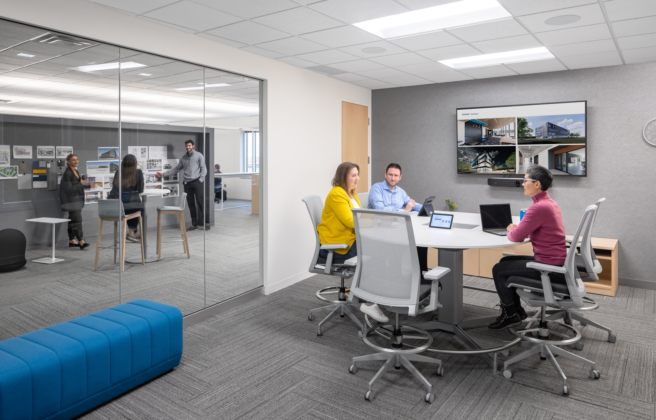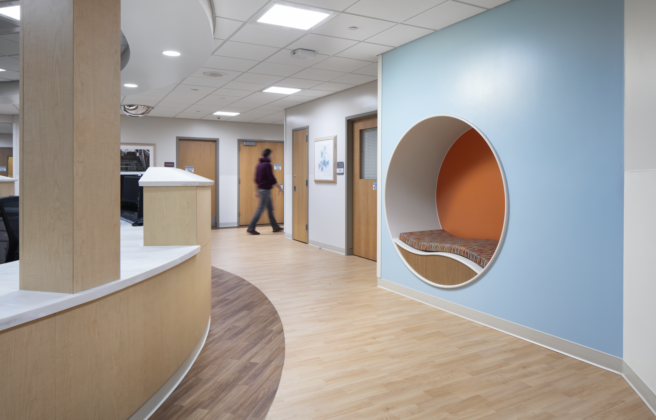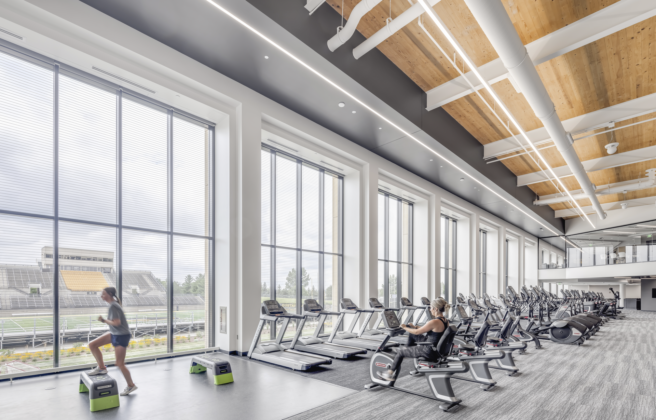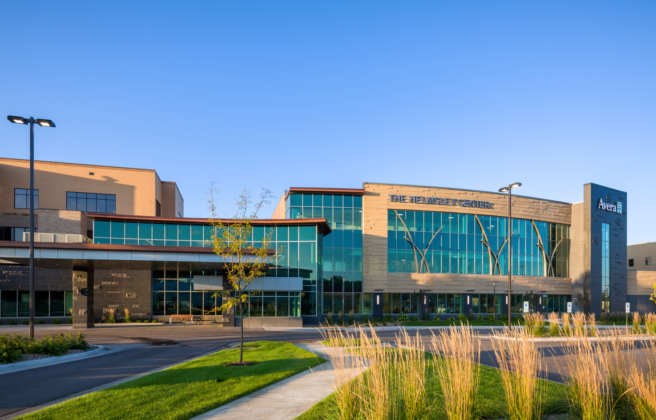Scientific research is dynamic. From funding mechanisms to technology, teams to processes, the nature of research is in a constant state of flux. To recruit and retain top talent, secure grant funding, and uphold institutional values, research institutions make considerable capital investments in providing state-of-the-art research environments. But with the mechanisms of scientific research constantly evolving, can research spaces be designed in such a way as to accommodate the changing nature of research over time? BWBR and the University of Minnesota conducted a study to explore this very question.
Related Perspectives
March 25, 2025
BWBR’s 2024 Scholarship Recipients Challenge Injustice in Design
This year's scholarship winners aren't waiting until graduation to tackle the industry's most pressing questions about who benefits from the spaces we build—and who doesn't.
March 10, 2025
Building Hope: Key Considerations for Pediatric Healthcare Design
The needs of pediatric patients are unique, and designing these environments requires a layered approach to planning and design.
February 26, 2025
Designing a Career Path: Navigating Unexpected Professional Journeys
The path to professional fulfillment isn't always a straight line, and the stories of some of our BWBR team members prove just that.
February 10, 2025
Continuum of Care: The Unique Needs of Mental and Behavioral Health Facilities
From inpatient hospitals to outpatient clinics, each facility requires a distinct design approach to effectively support patient recovery.
January 31, 2025
Beyond Athletics: Driving Enrollment, Wellness, and Campus Identity in Higher Education
Athletic facilities do more than house sports programs—they create spaces where students thrive, communities connect, and institutions grow.
January 6, 2025
Redefining Healing: Themes Informing Cancer Center Design
As cancer treatment continues to evolve with new breakthroughs and technologies, healthcare spaces must evolve alongside them.


